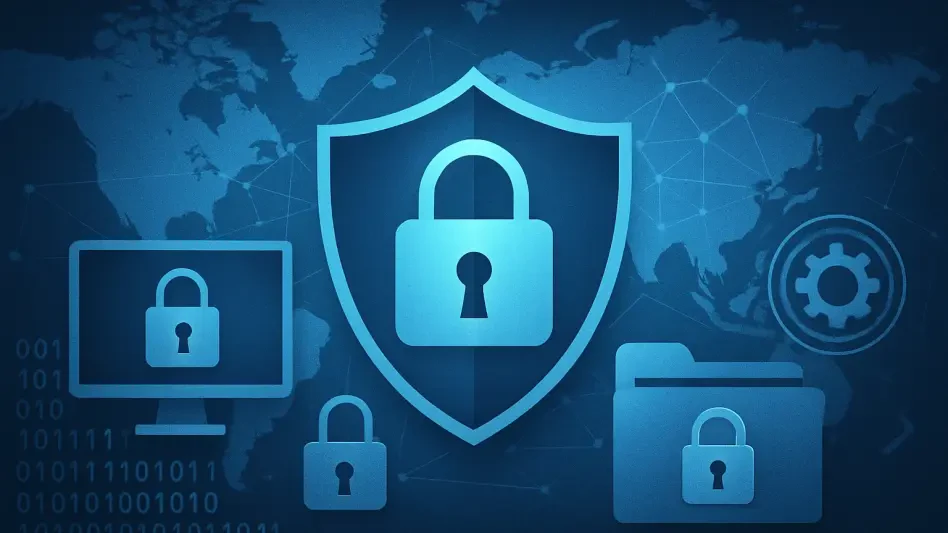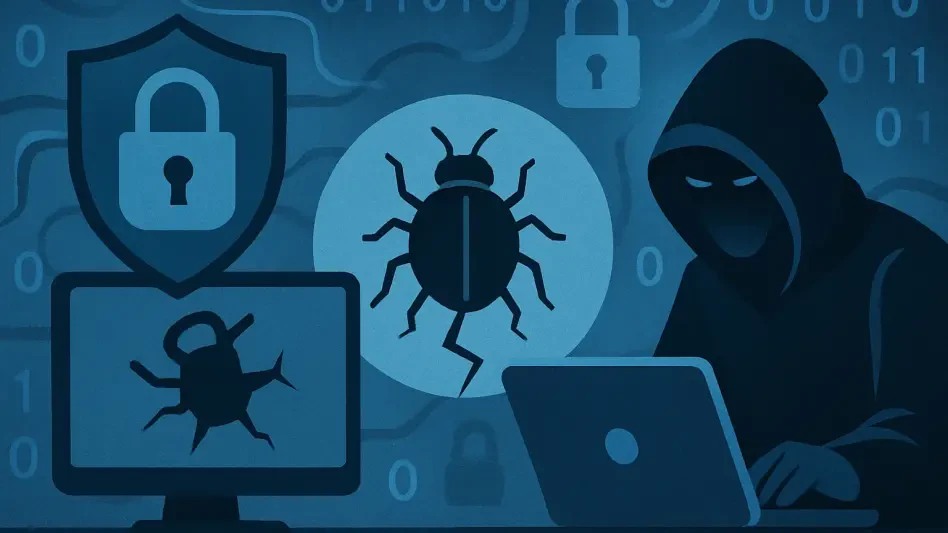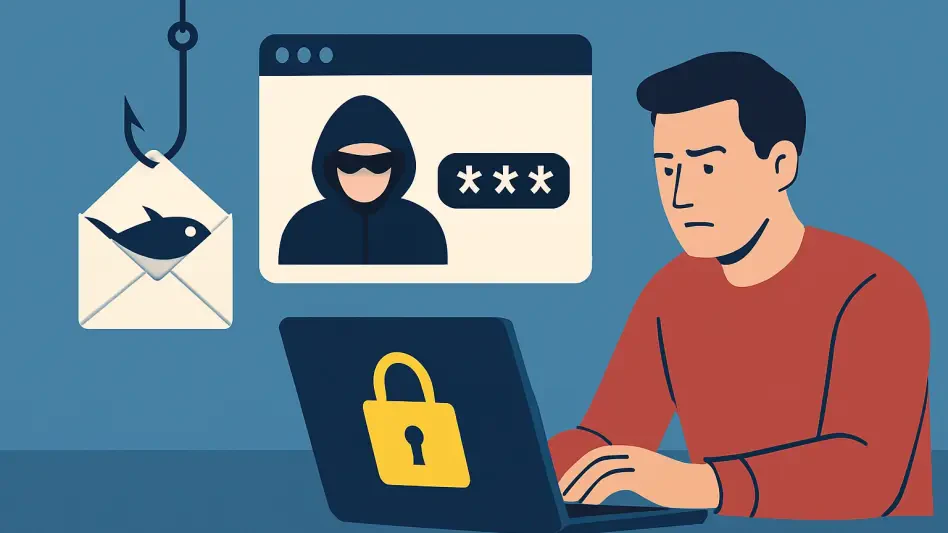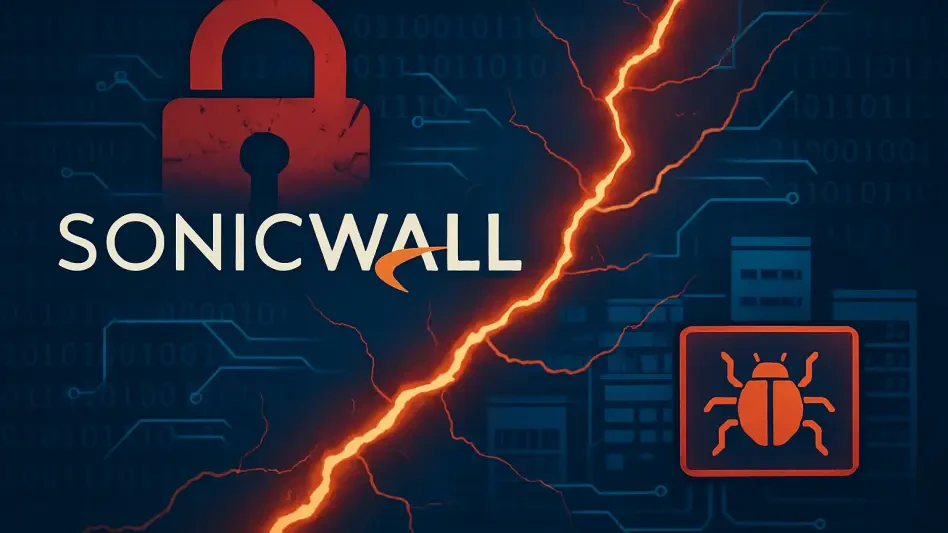In an era where digital threats loom larger than ever, the security of personal information has become a critical concern for individuals navigating the online world, with hackers and scammers devising sophisticated methods daily to steal sensitive data. From banking details to personal identities, countless users are at risk of financial loss and privacy breaches due to the rise in cyberattacks, with millions of records compromised annually, underscoring the urgent need for robust protective measures. Whether it’s through phishing schemes, malware, or unsecured networks, the avenues for exploitation are vast and ever-evolving. This article serves as a comprehensive guide to fortifying digital defenses, offering practical steps to safeguard devices and online accounts. By adopting these strategies, users can significantly reduce their vulnerability to cyber threats and maintain control over their personal information in an increasingly connected landscape.
1. Keep Software Updated for Maximum Security
Ensuring that software remains current is a fundamental step in protecting devices from cyber threats. Hackers frequently target outdated programs, exploiting known vulnerabilities before developers can release fixes. To counter this, users should promptly update the operating systems, web browsers, security software, and mobile applications on their computers, tablets, and smartphones. These updates often include critical patches that address security flaws, making it harder for malicious actors to gain access. Enabling automatic updates is a practical approach, as it ensures that devices receive the latest protections without requiring manual intervention. This simple action can prevent many attacks that rely on unpatched software as an entry point, providing a strong first line of defense against potential breaches.
Beyond the immediate benefits of updates, staying current with software versions also supports long-term device health and performance. Many updates not only fix security gaps but also improve functionality and compatibility with other systems. For users managing multiple devices, this process might seem time-consuming, yet the risk of neglecting updates far outweighs the minor inconvenience. A single outdated application can serve as a gateway for malware to infiltrate an entire network, compromising personal data across connected devices. Prioritizing this habit is essential, especially as cybercriminals continuously adapt their tactics to exploit even the smallest weaknesses. By maintaining vigilance in this area, individuals can significantly bolster their digital safety.
2. Strengthen Your Home Wi-Fi Network Protection
A home Wi-Fi network acts as the critical link between personal devices and the internet, making its security paramount. If a single device connected to the network becomes infected with malware, the threat can rapidly spread to other devices, endangering all stored data. To mitigate this risk, users must take deliberate steps to secure their routers by changing default passwords, enabling encryption, and disabling remote access unless absolutely necessary. Consulting detailed guides on home network security can provide specific instructions tailored to different router models. These measures create a fortified barrier, reducing the likelihood of unauthorized access by external threats seeking to exploit weak configurations.
Additionally, maintaining a secure Wi-Fi setup involves regular monitoring and updates to router firmware. Manufacturers often release updates to address newly discovered vulnerabilities, and applying them promptly ensures continued protection. Users should also consider limiting the number of devices connected to the network and using guest networks for visitors to isolate potential risks. Awareness of connected devices helps in identifying unauthorized access early, allowing for swift corrective action. A secure network not only protects personal information but also prevents cybercriminals from using the network as a launchpad for broader attacks. Taking these precautions transforms a potential weak point into a robust shield against digital intrusions.
3. Secure Online Accounts with Strong Passwords and Two-Factor Authentication
Protecting online accounts starts with creating strong, unique passwords that are challenging for hackers to guess. A password should ideally be at least 15 characters long, incorporating a mix of uppercase and lowercase letters, numbers, and symbols. For those who find long passwords hard to recall, a passphrase made of random words separated by spaces can be an effective alternative, provided it avoids predictable patterns like song lyrics or common quotes. Alternatively, browsers and devices can generate secure passwords automatically, while password managers offer a reliable way to create and store complex passwords. Ensuring the password for the manager itself is strong and well-protected is crucial for maintaining security across all accounts.
Beyond passwords, two-factor authentication (2FA) adds an indispensable layer of defense. This method requires a second form of verification, such as a temporary code sent via text or email, or more secure options like an authenticator app or a physical security key. Even if a password is compromised, 2FA prevents unauthorized access without the additional factor. When setting up accounts, selecting security questions with answers only the user would know is also vital. Avoid easily guessable or publicly available information, and treat these answers as unique passwords. Combining these strategies significantly reduces the risk of account breaches, safeguarding sensitive personal data.
4. Stay Alert to Data Theft Attempts
Vigilance is key when it comes to recognizing and avoiding schemes designed to steal personal information. Scammers often deploy phishing emails or text messages that trick users into clicking malicious links or opening attachments laden with malware. These deceptive communications can appear legitimate, mimicking trusted organizations to lower defenses. To protect against such threats, users must refrain from interacting with links or files in unsolicited messages. Instead, verification should be sought directly through known, official contact methods like a company’s verified phone number or website. This cautious approach prevents accidental exposure of sensitive data to cybercriminals.
Moreover, education on the latest phishing tactics can further enhance protection against data theft. Scammers continuously refine their methods, using urgency or fear to prompt hasty actions from unsuspecting individuals. Recognizing red flags, such as poor grammar, unfamiliar sender addresses, or requests for personal information, can help in identifying fraudulent messages. Staying informed about common scams and sharing this knowledge with family or colleagues builds a collective defense. By maintaining a skeptical mindset and verifying suspicious communications, users can avoid falling prey to increasingly sophisticated attempts at data theft.
5. Respond Quickly to Security Breaches
When a security issue arises, immediate action is essential to minimize damage and regain control over compromised data. If an email or social media account appears to have been hacked, or if a malware infection is suspected, users must follow established protocols to secure their accounts and devices. Changing passwords, scanning for malicious software, and notifying relevant platforms are critical first steps. Resources like IdentityTheft.gov offer personalized recovery plans for those who believe their personal information has been misused. Acting swiftly can prevent further unauthorized access and limit the impact of the breach on personal and financial security.
Reflecting on past responses to cyber incidents, it becomes clear that timely intervention often determines the extent of recovery success. Delays in addressing breaches frequently lead to prolonged misuse of stolen data, amplifying the consequences for affected individuals. Once the immediate threat is contained, reviewing security practices to identify and address vulnerabilities proves invaluable. Implementing stronger safeguards and monitoring accounts for unusual activity helps in preventing recurrence. Moving forward, staying prepared with a clear action plan and access to reliable resources ensures better resilience against future digital threats.








